H.R. 3553: Building Resiliency and Understanding of Shrublands to Halt Fires Act
This bill, known as the Building Resiliency and Understanding of Shrublands to Halt Fires Act or BRUSH Fires Act, aims to direct the Secretary of Agriculture to conduct a study on wildfire mitigation methods specifically for shrubland ecosystems. Here are the key components of the bill:
Study on Wildfire Mitigation Methods
The Secretary of Agriculture is required to conduct a study within one year after the bill's enactment. This study will evaluate how effective various wildfire mitigation methods are in reducing wildfire risks and the damages caused by wildfires in communities that are within or near shrubland ecosystems. The study will cover the following aspects:
- Evaluation of Hazardous Fuels Management: Assessing the effectiveness and longevity of practices like fuel modification and maintaining native ecosystems.
- Policies and Protocols: Examining the Forest Service's policies aimed at preventing accidental ignitions caused by human activities or infrastructure.
- Conditions Affecting Mitigation: Analyzing environmental factors such as weather and topography that influence the effectiveness of mitigation methods.
- Barriers to Implementation: Identifying factors that hinder fire managers' ability to implement these methods effectively.
- Partnership Evaluation: Understanding how collaborations between the Forest Service and non-Federal entities can help reduce wildfire risks.
Coordination and Consultation
While conducting the study, the Secretary is encouraged to coordinate with various federal agencies and to consult with non-federal entities that have expertise in wildfire mitigation. This aims to avoid overlaps in research efforts and enhance the study's quality.
Reporting Requirements
After completing the study, the Secretary of Agriculture must prepare a report within 90 days, which will include:
- A summary of the study's findings.
- Identification of best practices for land managers based on study results.
- A comparison of current Forest Service policies with the identified best practices.
- Suggestions for improving collaboration between the Forest Service and non-federal organizations to enhance wildfire resilience.
Definitions and Scope
The bill defines key terms such as:
- Covered Ecosystems: This includes various shrubland types, like chaparral and coastal sage scrub, where wildfire management is crucial.
- Hazardous Fuels Management Activity: Any activity aimed at reducing vegetation to lower wildfire risks.
- Wildland-Urban Interface: Areas where urban developments are close to wildland areas, making them susceptible to wildfires.
Relevant Companies
None found.
This is an AI-generated summary of the bill text. There may be mistakes.
Sponsors
15 bill sponsors
-
TrackDave Min

Sponsor
-
TrackYassamin Ansari
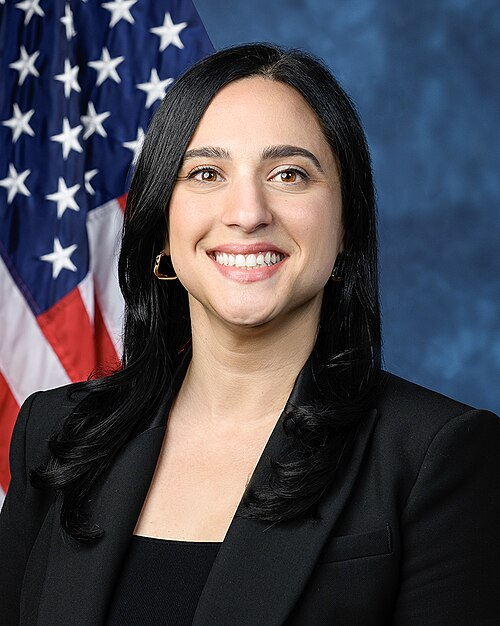
Co-Sponsor
-
TrackJulia Brownley

Co-Sponsor
-
TrackEd Case
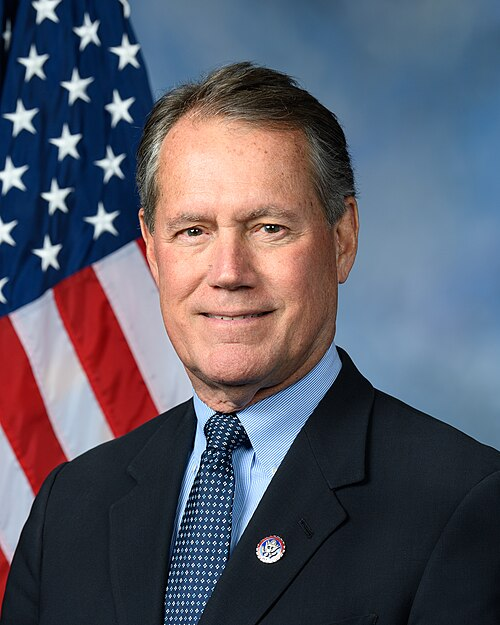
Co-Sponsor
-
TrackJudy Chu
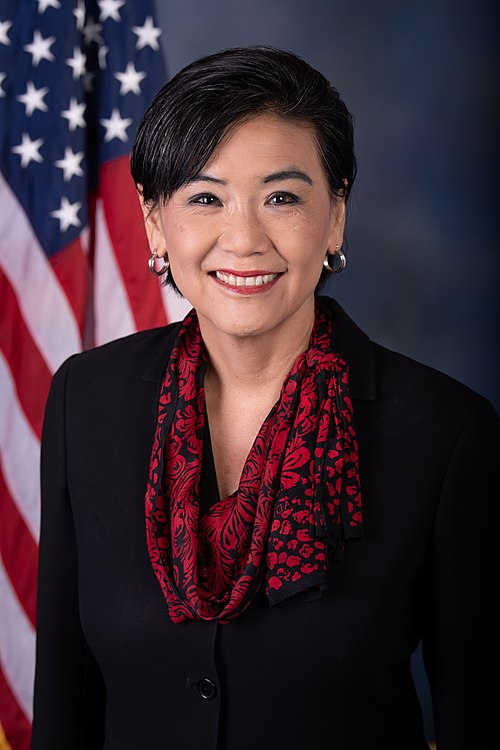
Co-Sponsor
-
TrackBrian K. Fitzpatrick

Co-Sponsor
-
TrackJosh Harder
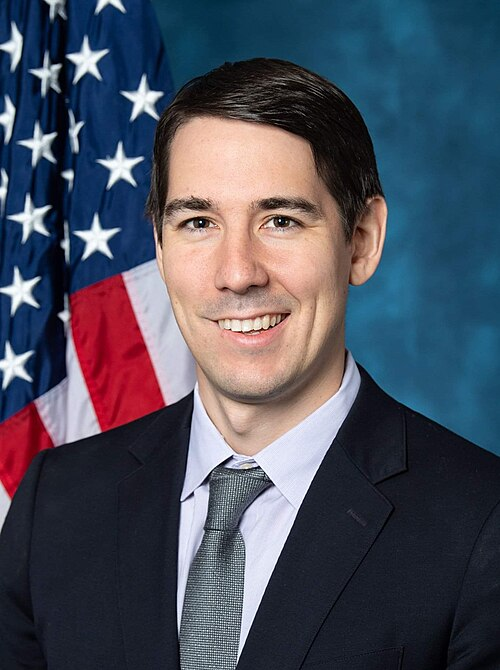
Co-Sponsor
-
TrackJared Huffman
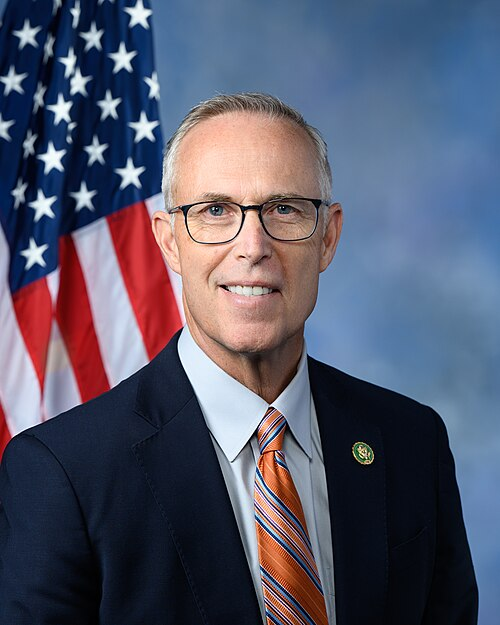
Co-Sponsor
-
TrackSara Jacobs
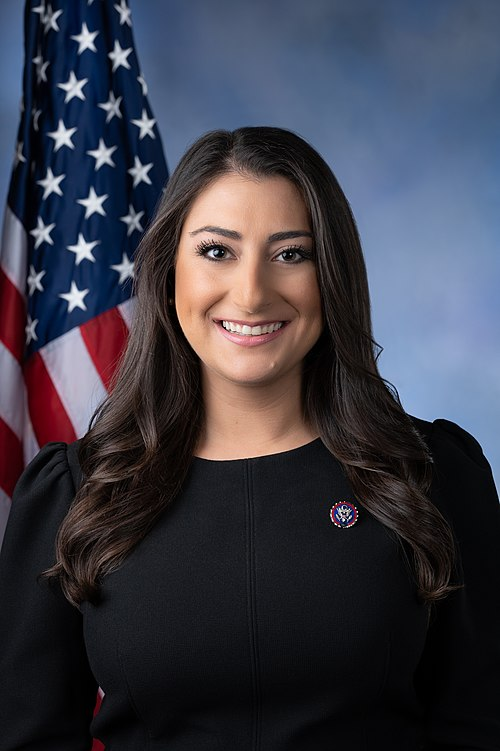
Co-Sponsor
-
TrackYoung Kim

Co-Sponsor
-
TrackMike Levin
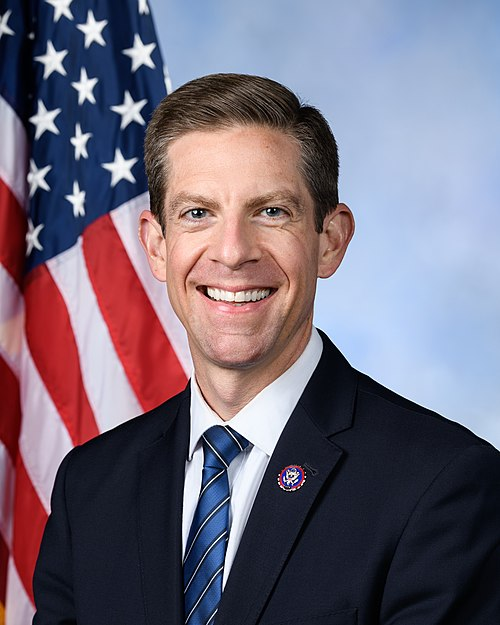
Co-Sponsor
-
TrackJoe Neguse

Co-Sponsor
-
TrackJimmy Panetta
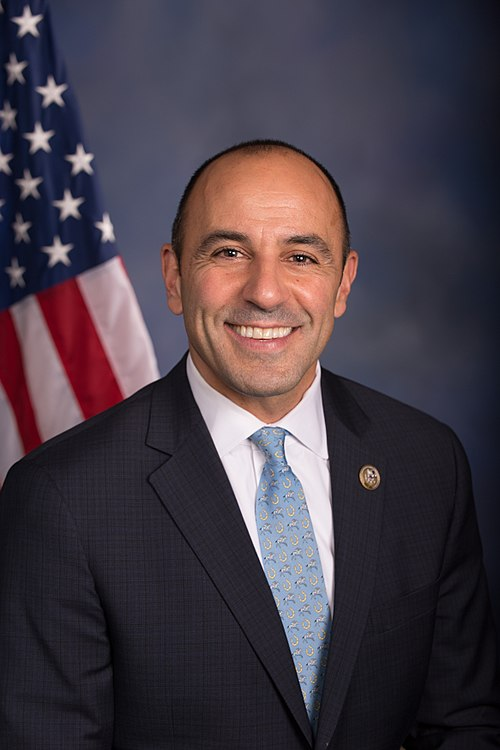
Co-Sponsor
-
TrackLuz Rivas
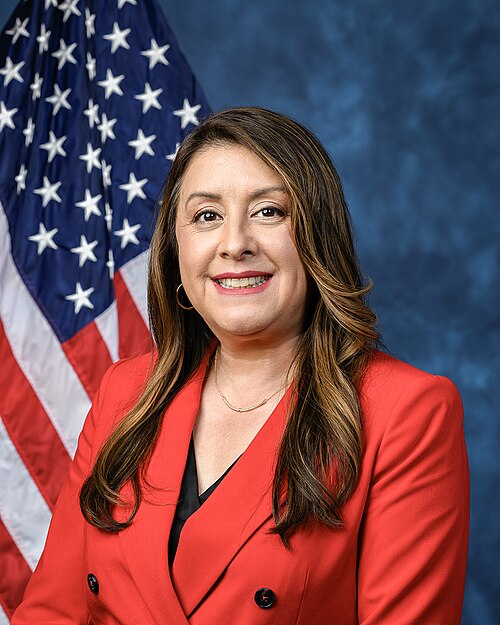
Co-Sponsor
-
TrackGeorge Whitesides

Co-Sponsor
Actions
2 actions
| Date | Action |
|---|---|
| May. 21, 2025 | Introduced in House |
| May. 21, 2025 | Referred to the Committee on Agriculture, and in addition to the Committee on Natural Resources, for a period to be subsequently determined by the Speaker, in each case for consideration of such provisions as fall within the jurisdiction of the committee concerned. |
Corporate Lobbying
0 companies lobbying
None found.
* Note that there can be significant delays in lobbying disclosures, and our data may be incomplete.
Potentially Relevant Congressional Stock Trades
No relevant congressional stock trades found.